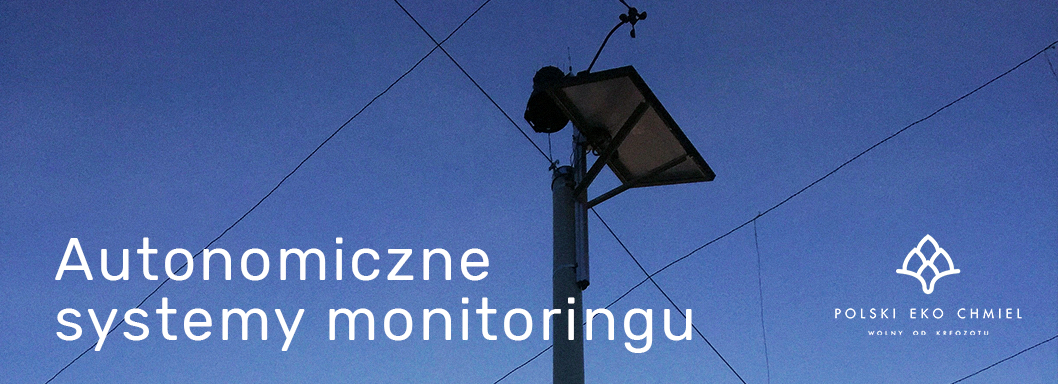Both central and peripheral stations are powered by renewable energy sources (RES) in the form of photovoltaic panels (Photo 2, Photo 4). Additionally, the central station at Lubelski hop plantation is powered by a wind turbine operating vertically (Photo 5). All devices are powered and operate in an off grid system, i.e. independently of the power grid.
Measurement data are transmitted wirelessly by radio communication from peripheral stations to the central station. Then supplemented with data from a small meteorological station and sensors located in the central stations are transmitted via an Internet antenna to the database on the server. In this way, data on weather and environmental conditions are collected such as:
- Wilgotność gleby na różnych głębokościach (Fot. 3)
- Precipitation (Photo 7)
- Wind strength and direction (Photo 7)
- Temperature and humidity (Photo 6)
- Photosynthetically active radiation at different heights in a hopper (Fig. 6)
